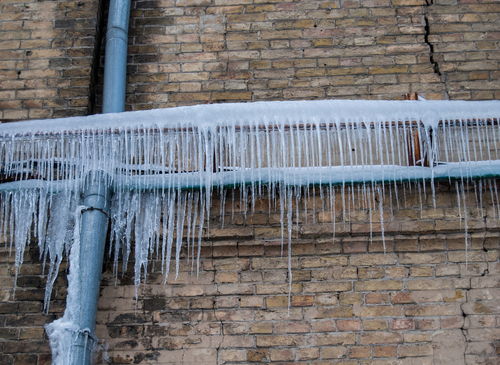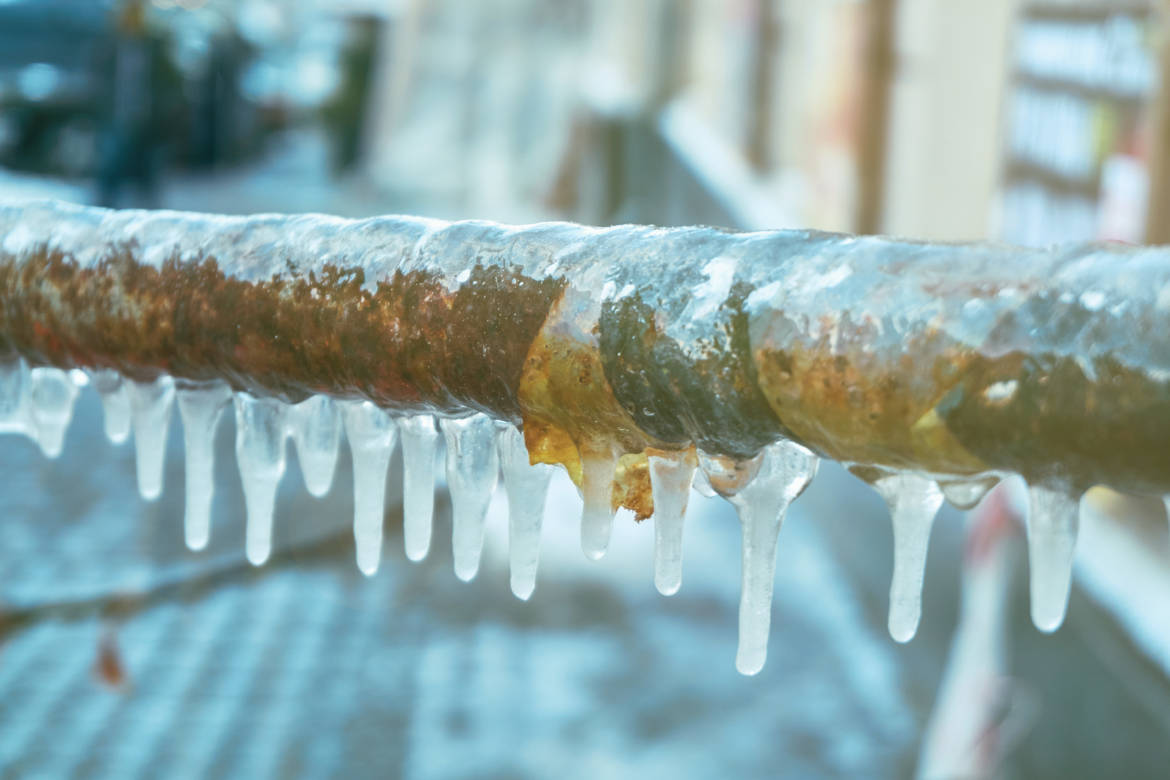Have you been trying to locate tips involving 6 Ways to Prevent Frozen Pipes?

Cold weather can ruin your plumbing, particularly by freezing pipelines. Here's just how to prevent it from happening and what to do if it does.
Intro
As temperatures decline, the risk of icy pipelines boosts, possibly resulting in pricey repairs and water damages. Understanding exactly how to stop frozen pipes is crucial for home owners in chilly environments.
Prevention Tips
Protecting at risk pipelines
Wrap pipelines in insulation sleeves or utilize heat tape to shield them from freezing temperature levels. Focus on pipes in unheated or outside locations of the home.
Heating methods
Keep indoor spaces appropriately heated, especially areas with pipes. Open cupboard doors to allow warm air to distribute around pipelines under sinks.
Just how to identify frozen pipes
Try to find reduced water flow from faucets, unusual smells or noises from pipelines, and visible frost on subjected pipes.
Long-Term Solutions
Structural modifications
Consider rerouting pipes far from exterior wall surfaces or unheated locations. Add extra insulation to attics, basements, and crawl spaces.
Upgrading insulation
Invest in premium insulation for pipelines, attics, and wall surfaces. Correct insulation assists preserve consistent temperatures and reduces the threat of frozen pipelines.
Securing Outdoor Pipes
Garden tubes and outside taps
Disconnect and drain pipes yard hose pipes prior to wintertime. Mount frost-proof spigots or cover exterior faucets with protected caps.
Comprehending Frozen Pipes
What causes pipes to freeze?
Pipes freeze when exposed to temperatures listed below 32 ° F (0 ° C) for expanded periods. As water inside the pipes freezes, it increases, putting pressure on the pipeline walls and possibly creating them to rupture.
Risks and damages
Icy pipes can cause water supply interruptions, property damage, and pricey repair work. Ruptured pipes can flood homes and cause extensive architectural damages.
Indications of Frozen Pipeline
Identifying icy pipes early can stop them from breaking.
What to Do If Your Pipes Freeze
Immediate activities to take
If you presume frozen pipelines, keep faucets open up to alleviate stress as the ice thaws. Make use of a hairdryer or towels taken in hot water to thaw pipelines slowly.
Verdict
Preventing frozen pipelines calls for proactive steps and quick actions. By recognizing the causes, signs, and preventive measures, house owners can shield their plumbing during cold weather.
5 Ways to Prevent Frozen Pipes
Drain Outdoor Faucets and Disconnect Hoses
First, close the shut-off valve that controls the flow of water in the pipe to your outdoor faucet. Then, head outside to disconnect and drain your hose and open the outdoor faucet to allow the water to completely drain out of the line. Turn off the faucet when done. Finally, head back to the shut-off valve and drain the remaining water inside the pipe into a bucket or container. Additionally, if you have a home irrigation system, you should consider hiring an expert to clear the system of water each year.
Insulate Pipes
One of the best and most cost-effective methods for preventing frozen water pipes is to wrap your pipes with insulation. This is especially important for areas in your home that aren’t exposed to heat, such as an attic. We suggest using foam sleeves, which can typically be found at your local hardware store.
Keep Heat Running at 65
Your pipes are located inside your walls, and the temperature there is much colder than the rest of the house. To prevent your pipes from freezing, The Insurance Information Institute suggests that you keep your home heated to at least 65 degrees, even when traveling. You may want to invest in smart devices that can keep an eye on the temperature in your home while you’re away.
Leave Water Dripping
Moving water — even a small trickle — can prevent ice from forming inside your pipes. When freezing temps are imminent, start a drip of water from all faucets that serve exposed pipes. Leaving a few faucets running will also help relieve pressure inside the pipes and help prevent a rupture if the water inside freezes.
Open Cupboard Doors
Warm your kitchen and bathroom pipes by opening cupboards and vanities. You should also leave your interior doors ajar to help warm air circulate evenly throughout your home.

As a keen person who reads on How to Prevent Your Pipes From Freezing, I imagined sharing that chunk was really useful. If you enjoyed reading our blog entry if you please remember to pass it around. Thanks a bunch for being here. Please check our site back soon.
View